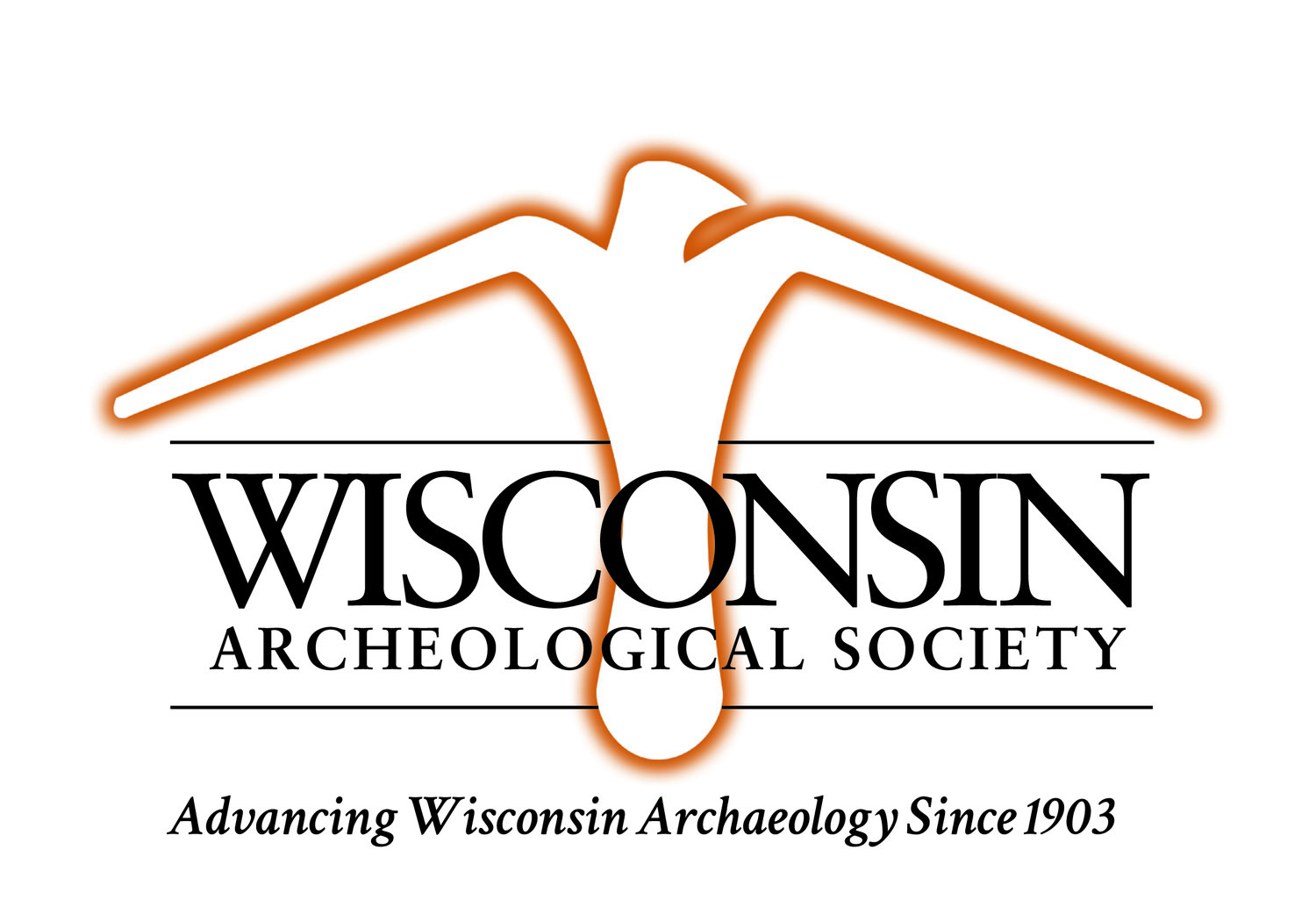December 2017 Program
Location: Halsey Hall - UW-Oshkosh Campus
Speakers: Jordan Karsten, Ph.D., Trisha Jenz, and Tre Blohm, Anthropology Program,
University of Wisconsin-Oshkosh.
Topic: Bioarchaeology of Ukraine: New Research on Dog Domestication and Paleopathology
Abstract: This presentation focuses on new research conducted by UWO students on the archaeological collection produced by recent excavations at the Eneolithic site of Verteba Cave, Ukraine, which is associated with the Tripolye archaeological culture.
Part of the new research aims to investigate biocultural interactions by studying ancient disease among the Tripolye, specifically, by using ancient DNA to identify the presence of tuberculosis. The Tripolye culture were the first archaeological culture in Eastern Europe to live an agropastoral lifestyle and establish large settlements with high population densities. This novel adaptation would have had significant implications for health, especially as compared to earlier mobile hunter-gatherers. One impact could have been the introduction of disease due to close association with domesticated animals. One such example is tuberculosis. Tuberculosis has been infecting humans since ancient times and persists in many regions today. Tuberculosis is caused by the organism Mycobacterium tuberculosis which originated 15,000 to 20,000 years ago and has since evolved into 16 different strains known as the Mycobacterium Tuberculosis Complex (MTBC). Through ancient DNA analysis, we were able to document the presence of MTBC among the Tripolye.
The second aspect of the new research at Verteba Cave focused on interpreting the Tripolye use of dogs. Specifically, we examined the dogs from site 17 of the Tripolye mortuary site (3951-2620 cal BC), located in Ternopil Oblast, Ukraine. Symbolic representations of canids have been observed on some pottery found at the site. The faunal sample (n = 7560) from site 17 contains mainly domestic mammals (n = 1389, 18%) and shell (n = 577, 8%). Canids (n = 122) are rare and comprise around 2% of the faunal sample and only 9% of the domestic fauna. The dog remains are from at least six individuals, three adults and three subadults. Individual teeth were the most common dog elements recovered, including two perforated canines and one perforated lower M1. These teeth may have been a component of body ornamentation that was -2- incorporated into the Tripolye burial practices or deposits. The other dog elements were found in context with other feasting deposits suggest that they were consumed as a part of Tripolye mortuary ritual. Preliminary research routes show that dog domestication and identification can be complicated. To date, for the sample at Verteba Cave, we have investigated the timing and aspects of dog domestication, markers of domestication on skeletal remains of canids, symbolic representation on ceramics from Verteba Cave, and the use of perforated canines as body ornamentation.


